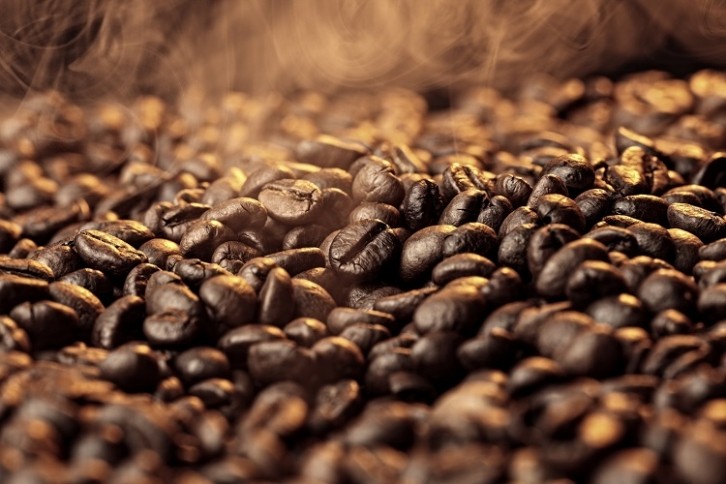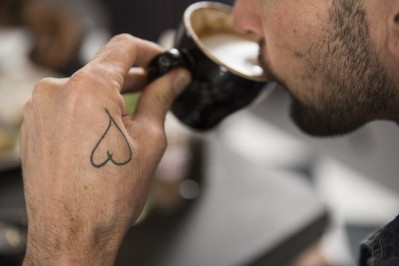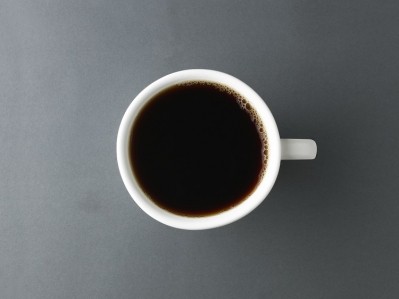‘Towards making coffee the first net-positive commodity’: Green energy coffee roasting plant developed by Sucafina and CEE

Belgium-based coffee company Sucafina and its subsidiary Beyers Koffie have partnered with Belgian cleantech company CEE to produce a coffee plant run on green energy. The technology also, according to the companies involved, uses 2.5 times less energy than the industry standard.
How coffee is roasted
According to Koen Bosmans, the CEO of CEE, coffee has traditionally been roasted using gas-fired batch roasters. Because of its energy intensity, using renewable energy is very difficult.
“Batch roasting requires a lot of energy,” he told us, “and due to the nature of the process the energy demand at the start . . . shows an enormous peak. Therefore, to accommodate these peaks in energy demand, it is nearly impossible to connect the roaster to the grid or renewable energy supply.”
One alternative to this is using hydrogen. “The only technically imaginable alternative to accommodate the enormous heat demand peaks for batch roasting is the combustion of hydrogen,” Bosmans told us. But this poses its own problems.
“Green hydrogen is a technical alternative, yet economically very unfavourable: green H2 is expensive and its supply is limited in the next decade (as it’s extremely valuable as feedstock for chemical processes). Additionally, the overall energy efficiency of the batch alternative (fuelled with green H2) is 3.5 to 4 times lower than the directly electrified continuous roaster.”
In order to solve these problems, energy efficiency is required, as well as a continuous process rather than batch roasting. “The new continuous technology is built to be radically more energy-efficient and stabilises the energy demand.”
Coffee roasted sustainably
The green energy is sourced, in Beyers Koffie’s case, through a combination of on-site solar panels and green energy contracts. “The roasting technology is fully electrified, and can be connected to any source of green energy,” added Bosmans.
Upscaling is possible, said Cory Bush, CEO of Beyers Koffie. “When fully functional, the new roaster will replace one of the three roasters we currently have at Beyers Koffie. In the future, when we’ll be replacing the other roasters, we’ll definitely look at the option to install similar or an updated version of this one.”
“The roasting technology supports roasting in the 1,5-4 ton/h capacity range, or 12.000-32.000 tons/year, which is world’s largest scale in coffee roasting,” added CEE’s Bosmans.
In the long term, the project aims to develop a sustainable commodity in coffee. “I firmly believe that we need to play our part in reshaping the coffee industry for the better," said Sucafina CEO Nicolas A. Tamari. "To encourage society as a whole to make more responsible choices, companies must take the lead. Sucafina welcomes this responsibility and will continue to act on it . . . Together, we can create opportunities to improve lives and drive significant change towards making coffee the first net positive commodity.”







